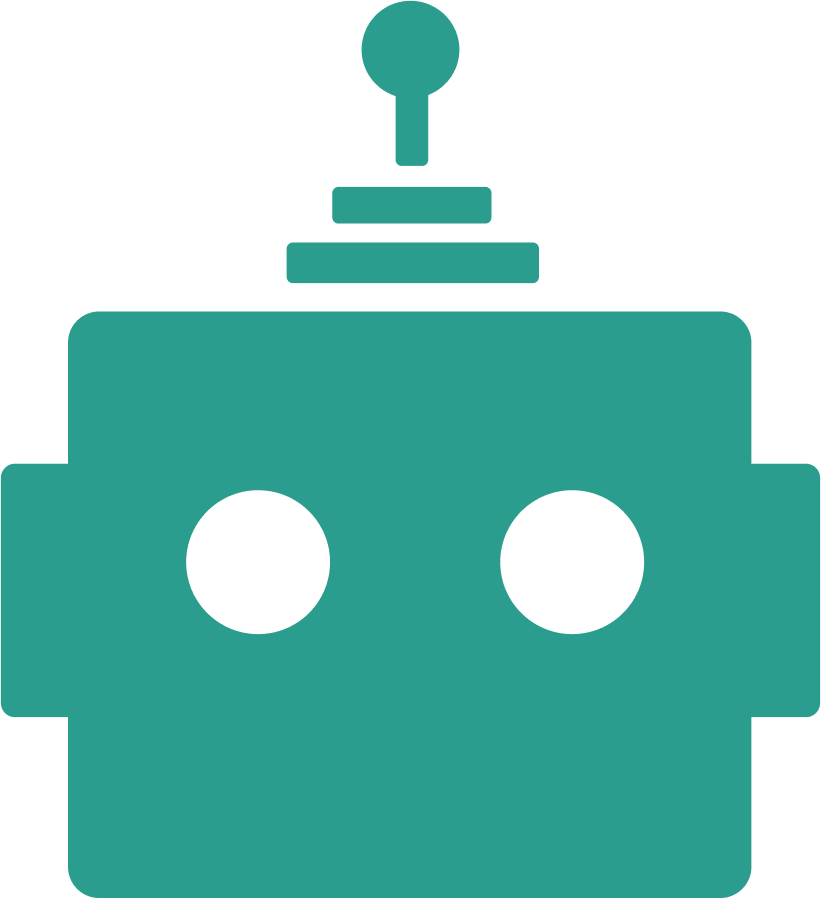How AI-Powered Diagnostics Are Revolutionizing Automotive Repair
Discover how artificial intelligence is transforming the way technicians diagnose vehicle problems, reducing repair times and improving accuracy.
How AI-Powered Diagnostics Are Revolutionizing Automotive Repair
The automotive repair industry is experiencing a technological revolution, and artificial intelligence is at the forefront of this transformation. Traditional diagnostic methods, while effective, often require extensive manual interpretation and can be time-consuming. Enter AI-powered diagnostics – a game-changing technology that's reshaping how technicians approach vehicle troubleshooting.
The Challenge with Traditional Diagnostics
Modern vehicles contain dozens of electronic control units (ECUs) and thousands of potential diagnostic trouble codes (DTCs). When a customer brings in a vehicle with a check engine light, technicians often face a complex puzzle. A single symptom can have multiple causes, and interpreting the relationship between various codes requires years of experience and deep technical knowledge.
Consider a scenario where a customer reports reduced fuel economy and rough idling. Traditional diagnostic approaches might involve:
- Reading multiple DTCs from different systems
- Cross-referencing technical service bulletins
- Performing various manual tests
- Consulting repair databases and forums
This process, while thorough, can take significant time and may still lead to misdiagnosis if subtle patterns are missed.
How AI Changes the Game
AI-powered diagnostic systems like RO-bot analyze vast amounts of data in seconds, identifying patterns that might not be immediately obvious to human technicians. These systems don't replace the technician's expertise – they enhance it by providing intelligent insights and recommendations.
When integrated into the diagnostic workflow, AI can:
Pattern Recognition: AI algorithms can identify subtle correlations between seemingly unrelated symptoms and codes, often revealing root causes that traditional methods might miss.
Predictive Analysis: By analyzing historical repair data, AI can predict which components are most likely to fail next, enabling proactive maintenance recommendations.
Real-time Guidance: Instead of leaving technicians to interpret complex data alone, AI provides step-by-step diagnostic procedures tailored to the specific vehicle and symptoms.
Real-World Impact
Shops implementing AI-powered diagnostics report significant improvements in efficiency and accuracy. Technicians spend less time researching and more time actually fixing vehicles. First-time fix rates improve dramatically when technicians have access to AI-generated insights that consider the complete picture of vehicle health.
For example, when diagnosing intermittent electrical issues – notoriously difficult problems that can take hours to trace – AI can analyze patterns in sensor data to pinpoint the most likely failure points, dramatically reducing diagnostic time.
The Future of Automotive Diagnostics
As vehicles become increasingly complex with advanced driver assistance systems, hybrid powertrains, and sophisticated infotainment systems, the need for intelligent diagnostic assistance will only grow. AI doesn't just make current processes faster – it makes previously impossible diagnostic scenarios manageable.
The integration of AI into automotive repair represents more than just a technological upgrade; it's a fundamental shift toward data-driven, precision-focused repair processes that benefit shops, technicians, and customers alike.
Ready to experience the power of AI-enhanced diagnostics? Discover how RO-bot can transform your shop's efficiency and accuracy.
